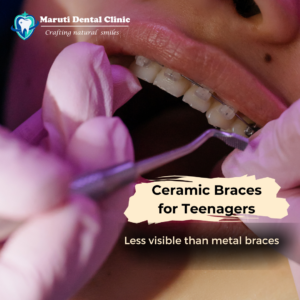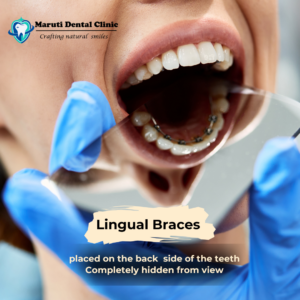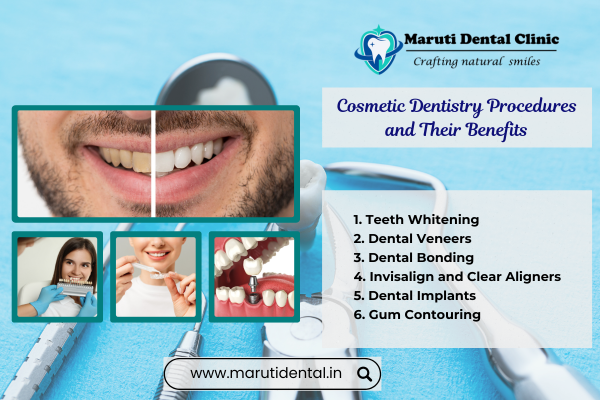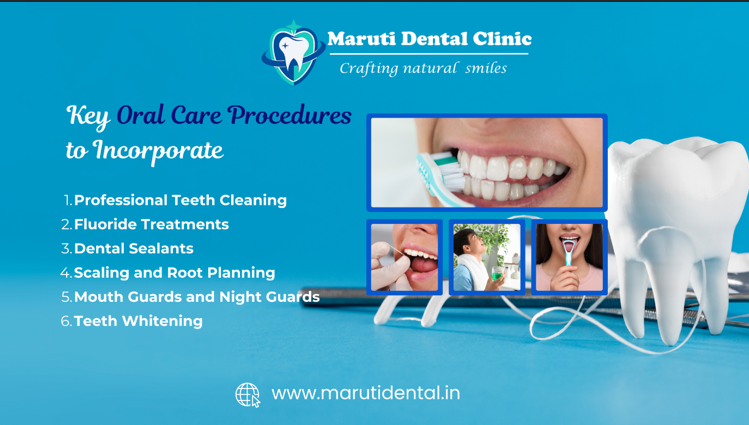A beautiful, confident smile can make a world of difference in a teenager’s life. With modern advancements in orthodontics, achieving perfectly aligned teeth has become easier and more comfortable than ever. If your teen needs braces, you may be wondering about the best options available. Let’s explore the different types of braces, their benefits, and how to choose the best one for your teenager.
Why Braces for Teenagers?
Teenage years are the ideal time for orthodontic treatment. Since the jaw is still growing, it’s easier to correct misalignments and bite issues effectively. Braces help with:
- Straightening crooked or crowded teeth
- Correcting bite problems (overbite, underbite, cross bite)
- Enhancing overall oral health
- Boosting confidence and self-esteem
Now, let’s look at the best braces options for teenagers.
1. Traditional Metal Braces for Teenagers

Metal braces are the most common and effective orthodontic treatment. They consist of metal brackets attached to each tooth, connected by a wire that is adjusted periodically to align the teeth properly.
Pros:
- Highly effective for severe misalignment
- Durable and long-lasting
- Customizable with colorful bands for a fun look
Cons:
- Noticeable appearance
- Can cause minor discomfort initially
- Requires extra oral hygiene care
2. Ceramic Braces for Teenagers

Ceramic braces work similarly to metal braces but use tooth-colored or clear brackets, making them less noticeable.
Pros:
- Less visible than metal braces
- Effective for moderate to severe alignment issues
Cons:
- Slightly more expensive than metal braces
- Brackets can stain if not properly maintained
3. Invisalign (Clear Aligners)

Invisalign is a popular choice among teenagers who want a discreet orthodontic treatment. These custom-made clear aligners gradually shift teeth into place without the need for wires or brackets.
Pros:
- Nearly invisible
- Removable for eating and brushing
- Comfortable with no metal components
Cons:
- Requires discipline to wear aligners for 20–22 hours a day
- Not suitable for severe misalignment
- More expensive than traditional braces
4. Lingual Braces for Teenagers

Lingual braces are similar to metal braces but are placed on the back (lingual side) of the teeth, making them invisible from the front.
Pros:
- Completely hidden from view
- Effective for complex dental issues
Cons:
- Can be more uncomfortable initially
- More challenging to clean and maintain
- Higher cost compared to traditional braces
How to Choose the Best Braces for Teenagers?
Selecting the right braces depends on several factors, including:
- Severity of Alignment Issues – Metal and ceramic braces are better for severe cases, while Invisalign is great for mild to moderate adjustments.
- Aesthetic Preferences – If your teen is concerned about appearance, clear aligners or ceramic braces might be the best choice.
- Lifestyle and Discipline – Invisalign requires responsibility as it needs to be worn consistently. If your teen might forget to wear them, traditional braces are a better option.
- Budget Considerations – Metal braces are the most cost-effective, while Invisalign and lingual braces tend to be more expensive.
Caring for Braces
Regardless of the type of braces, proper care is crucial for a smooth orthodontic journey. Here are some essential tips:
- Keep oral hygiene: Regular brush and floss to prevent plaque accumulation.
- Avoid certain foods: Chewing hard & sticky foods can damage braces.
- Regular Dental Checkups: Go to the orthodontist prescribed for adjustment and monitoring.
- Wear Retainers Post-Treatment: Retainers help maintain the new alignment after braces are removed.
Common Concerns About Braces
Many parents and teenagers have questions before getting braces. Here are some common concerns:
1. Will braces be painful?
Braces can cause less discomfort, especially after adjustment of braces. However, the pain is usually lighter and can be handled with painkillers without risk.
2. How long will the treatment last?
The duration of braces varies depending on the severity of the misalignment. On average, teens use braces for 1.5 to 3 years.
3. Can my teen play sports or musical instruments with braces?
Yes! A mouth guard can protect braces during sports. Musical instruments may require an adjustment period but won’t be a major issue.
The Psychological Benefits of Braces for Teenagers
Braces do more than just straighten teeth; they increase self-confidence and social interaction. Many Teenagers feel high self-esteem to know that their smile is improving. A straight, healthy smile can lead to better oral hygiene habits and long -term self-confidence.
Final Thoughts:
Braces can be a life-changing investment for Teenagers to feel high self-esteem an orthodontist can help determine the best choice for your teen’s needs and lifestyle. Whether it’s traditional metal braces, discreet Invisalign aligners, or ceramic brackets, the right treatment will ensure a bright and confident smile for years to come!
If you are looking to braces for Teenagers, then definitely you are in the right place. Contact us today to explore the best orthodontic solutions for your teen. A perfect smile starts here!



